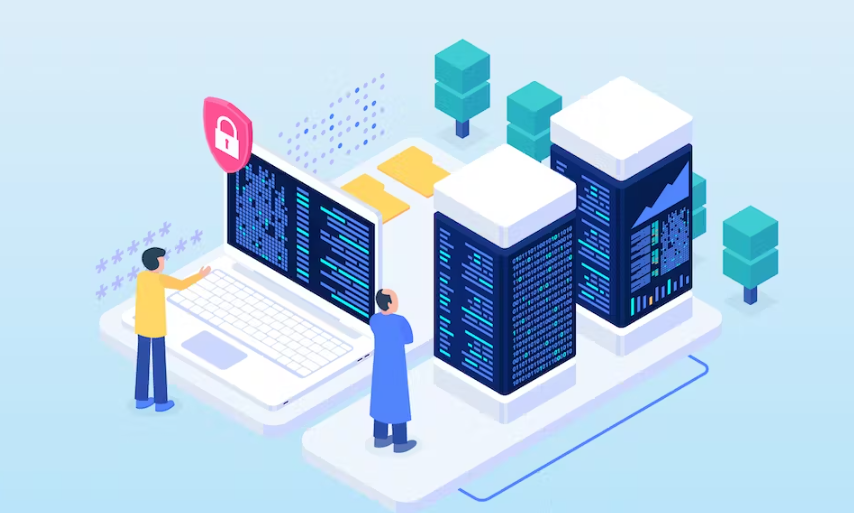Security controls are measures implemented by organizations to mitigate risks and protect their assets, including data, systems, networks, and physical infrastructure, from various threats and vulnerabilities. These controls are designed to safeguard against unauthorized access, misuse, disclosure, alteration, or destruction of sensitive information and resources. Security controls can be categorized into several types based on their primary objectives and functions:
- Preventive Controls: These controls are intended to prevent security incidents from occurring. Examples include firewalls, intrusion detection systems, access controls, encryption, and authentication mechanisms.
- Detective Controls: Detective controls are implemented to identify security breaches or incidents after they have occurred. Examples include security information and event management (SIEM) systems, log monitoring, and anomaly detection tools.
- Corrective Controls: Corrective controls are activated in response to detected security incidents to mitigate their impact and restore normal operations. Examples include incident response procedures, backup and recovery systems, and malware removal tools.
- Deterrent Controls: Deterrent controls are designed to discourage potential attackers from targeting an organization’s assets. Examples include security awareness training, warning banners, and visible security cameras.
- Compensating Controls: Compensating controls are alternative measures implemented when primary controls cannot be applied or are insufficient. These controls help to achieve the same level of security. An example could be implementing additional security measures when a critical vulnerability cannot be immediately patched.
- Administrative Controls: Administrative controls involve policies, procedures, and guidelines established by an organization to manage security-related aspects effectively. Examples include security policies, employee training programs, access control policies, and incident response plans.
- Technical Controls: Technical controls are security measures implemented through technology solutions. Examples include encryption, antivirus software, biometric authentication systems, and secure configurations.
- Physical Controls: Physical controls are measures implemented to protect physical assets, such as data centers, servers, and networking equipment. Examples include locks, access control systems, surveillance cameras, and environmental controls like fire suppression systems.
Security controls are typically implemented in layers, known as defense-in-depth, to provide multiple barriers of protection against potential threats. The selection and implementation of security controls should be based on risk assessments, compliance requirements, and the specific security needs of the organization. Regular monitoring, testing, and updating of security controls are essential to ensure their effectiveness in addressing evolving threats and vulnerabilities.


